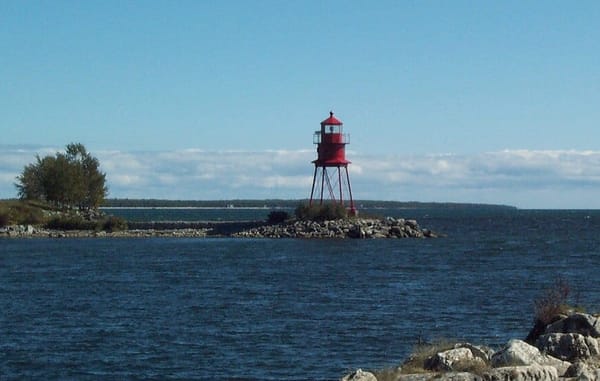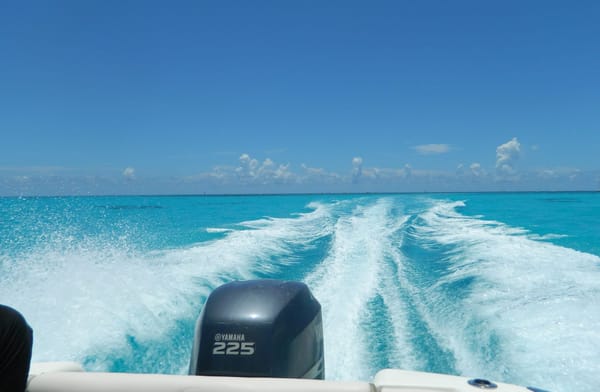Boating Basics: Nautical Knots for Function and Form
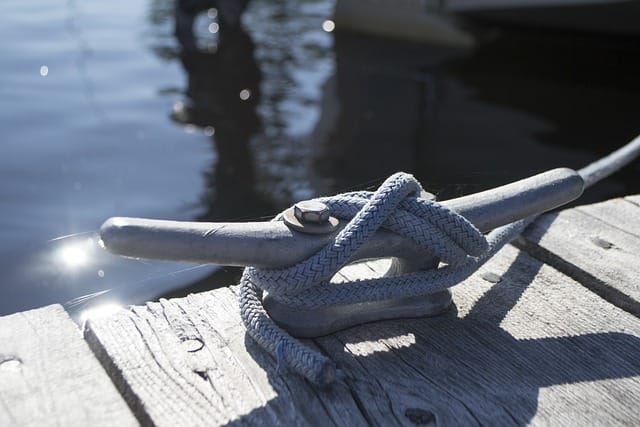
Nautical knots are more than just a practical skill for sailors; they’re one of the basics of boating and an art form that has been perfected over centuries. These knots serve a crucial purpose in maritime activities, from securing sails to tying vessels to private boat dock rentals and even saving lives in emergency situations.
Today, we'll explore the fascinating world of nautical knots, their history, practical applications and some essential knots every boater should know whether they’re operating a sailboat, a cruiser, a cuddy cabin or a yacht.
The History of Nautical Knots

Photo: Pixabay
The history of nautical knots is as old as seafaring itself. Knots were first used by ancient mariners to secure their sails and rigging, ensuring the safety and efficiency of their vessels. Over time, as ships grew larger and more complex, so did the variety of knots and their applications.
One of the earliest known knot manuals, The Art of Knotting and Splicing, was published in 1794 by Cyrus Lawrence, marking the formalization of nautical knotting techniques. Knots evolved from simple and functional ties to intricate designs, some of which served decorative as well as practical purposes. Knotwork on ships became a symbol of craftsmanship and pride.
Cleat Hitch
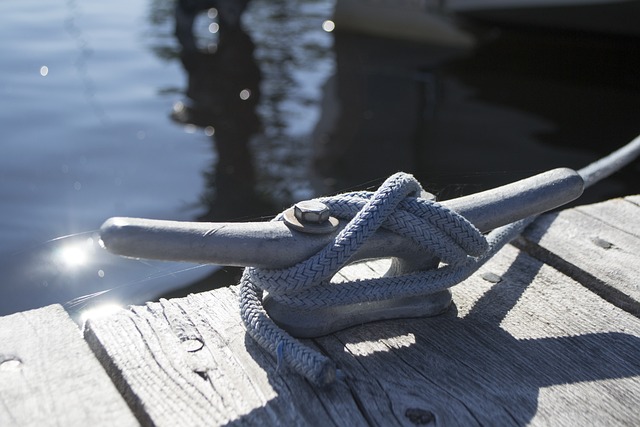
Photo: Pixabay
The cleat hitch notch is one of the most useful and basic of all nautical knots. It’s used to firmly tie off a line to a cleat, either on the dock or on the boat. It’s the best knot to use to tie a boat to a private boat dock rental.
Bowline Knot
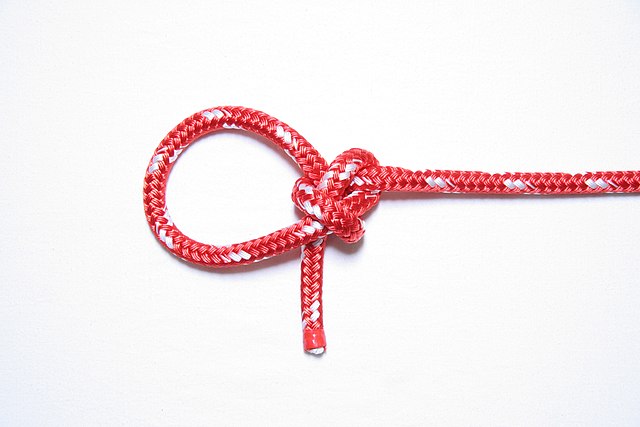
Photo: Wikimedia/USCG/CC by SA 4.0
The bowline knot is often called the "king of knots" for its versatility and reliability. It forms a secure loop that doesn't slip under strain, making it perfect for tasks like securing a sail to a halyard or rescuing a person overboard.
Square Knot (Reef Knot)
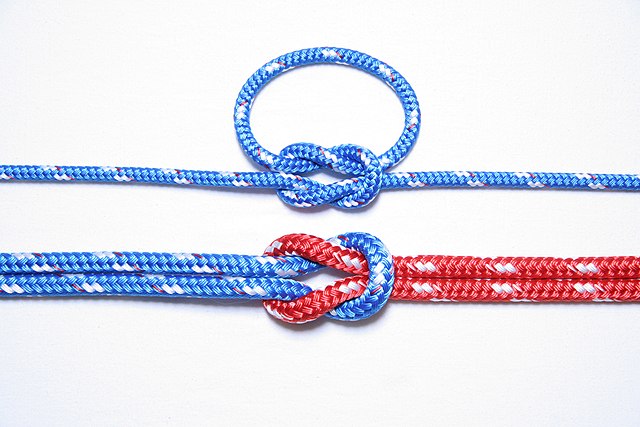
Photo: Wikimedia/USCG/CC by SA 4.0
The square knot, or reef knot, is ideal for joining two ropes of equal diameter. It's commonly used to tie reef points on sails to reduce their size in heavy winds, making it essential for managing sail area.
Clove Hitch
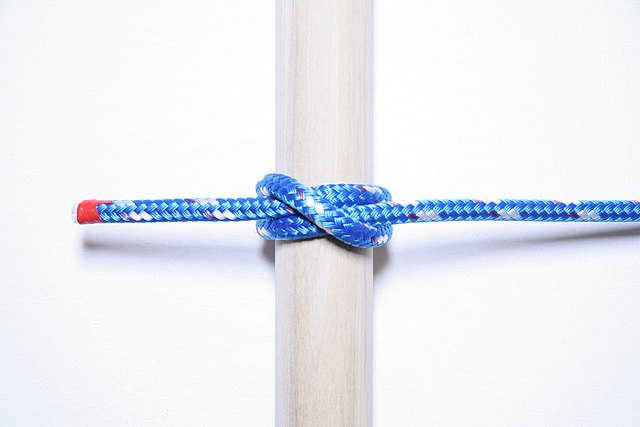
Photo: Wikimedia/USCG/Public Domain
The clove hitch is a simple yet effective knot used for securing a line temporarily to a post, rail or other fixed object. It's quick to tie and untie, making it indispensable in various situations on a boat.
Figure Eight Knot
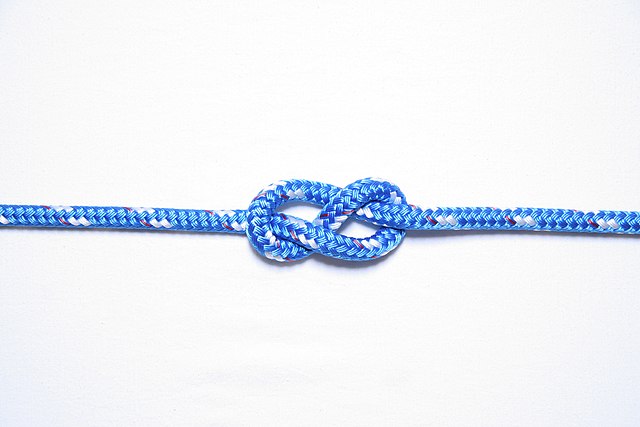
Photo: Wikimedia/USCG/CC by SA 4.0
This knot creates a stopper at the end of a line, preventing it from slipping through a cleat or block. It's essential for securing halyards and sheets to their respective fittings.
Sheet Bend
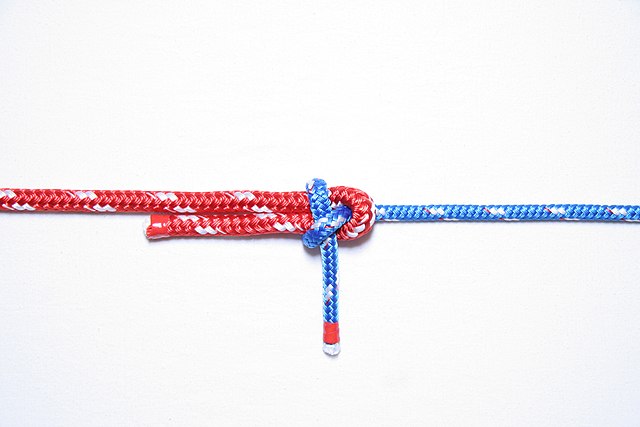
Photo: Wikimedia/USCG/Public Domain
When you need to join two ropes of different sizes or materials, the sheet bend is your go-to knot. It's strong, secure and won't weaken the ropes it connects.
Anchor Bend
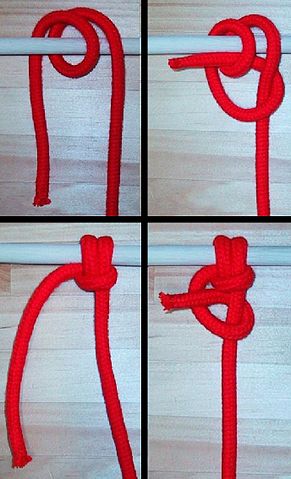
Photo: Wikimedia/Chris73/CC by SA 3.0
As the name suggests, the anchor bend knot is used to attach the anchor line to the anchor securely. It ensures that the anchor remains attached even under heavy strain.
Double Fisherman's Knot
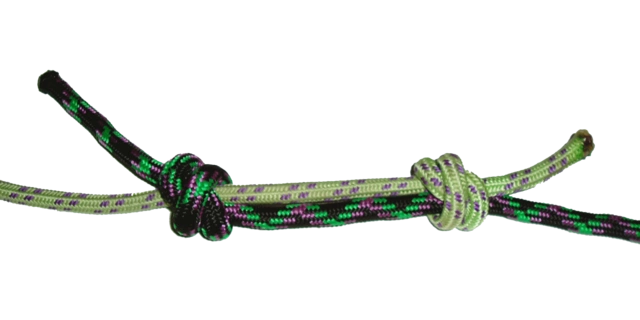
Photo: Wikimedia/CC by SA 2.5
A reliable knot for joining two ropes of equal diameter, the double fisherman's knot is often used to create loops or slings for various purposes, including safety lines.
The Artistic Side of Nautical Knots

Photo: Wikimedia/Chris73/CC by SA 3.0
While the primary purpose of nautical knots is functionality, there is an artistic aspect to them that cannot be ignored. Sailors have a long tradition of crafting intricate knotwork, often called "marlinspike seamanship." This includes decorative knots like the turk's head, the monkey's fist (pictured above) and the pineapple knot. Take some time to look up these knots while hanging out at the marina or private boat lift for rent.
These ornamental knots can be found on everything from handrails to bell ropes and are a testament to a sailor's skill and pride in their craft. In some cases, the complexity of these knots also served practical purposes, such as providing a better grip or cushioning for ropes that sailors needed to handle frequently.
Nautical Knots in Emergency Situations

Photo: Wikimedia/USCG/CC by SA 4.0
Beyond their everyday use at private boat slip rentals and marinas, nautical knots have played a crucial role in emergency situations at sea. The ability to tie knots quickly and effectively can mean the difference between life and death. For example, in a man-overboard scenario, a sailor must be able to secure a loop around the victim quickly. The bowline knot (pictured above) is ideal for this purpose, as it forms a secure loop that won't constrict when pulled.
Whether you're a seasoned sailor, a cruiser pulling up to a private boat slip rental or someone with a casual interest in maritime lore, nautical knots are a fascinating aspect of seafaring that continues to evolve and adapt to the needs of modern sailors.
Next time you see a beautifully crafted knot on a ship or need to secure a line in a challenging situation, remember the art and function of nautical knots that have been perfected over centuries on the open sea.
